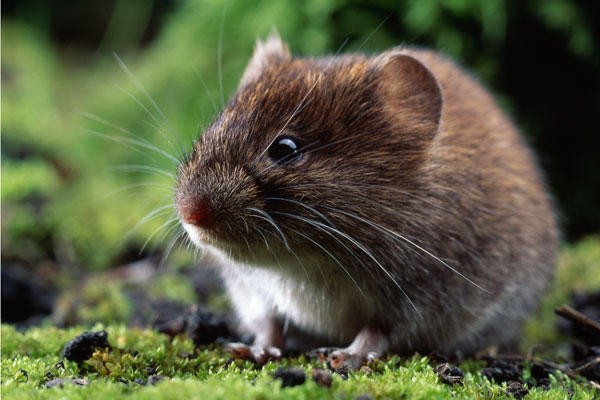Epigenetic Intervention Programs Mating Behavior

June 22, 2013
Some recent investigations of epigenetic modifications of mating behavior suggest that following histone modifications near the oxytocin and vasopressin receptor genes promotors, partner preference can be induced in voles. Wang et al (2013) have shown that when trichostatin A, an inhibitor of histone deacetylases (HDAC), was injected into the brains of prairie voles, acetylation of the promoters regions of these genes took place, and the animals established pair bonds much more rapidly than untreated animals. The authors suggest that the acetylation may increase oxytocin expression, at least over a short time frame.
The idea that epigenetic modification could influence a behavioral pattern as complex as mate selection is controversial to say the least. I asked my colleague, Emily Williams of the University of Louisville, for her opinion of the work. She stated as follows:
“It seems promising. My primary hesitation would be that using a global HDAC inhibitor like TSA is going to be altering gene expression patterns across NUMEROUS domains, which really complicates the picture. Undoubtedly a lot of changes in gene expression are downstream of this drug action, making it truly difficult to assess causal effects. You could assume that the behavioral phenotype the researchers saw is not solely due to vasopressin and oxytocin. That's not to say they aren't playing important roles either, especially considering known effects of these gene products on behavioral phenotypes across numerous animal and human models. I think we have to take into account the complexity of the effects and the need for further detailed study.”
Clearly these observation will require much more investigation. It would be of particular interest to determine whether behavior can be modified low levels of epimutagens present in the environment.
H. Wang et al., “Histone deacetylase inhibitors facilitate partner preference formation in female prairie voles,” Nature Neuroscience, doi:10.1038/nn.3420, 2013.
Comments
Submit a Comment
Please be sure to fill in all information. Comments are moderated. Please no link dropping, domains as names; do not spam and do not advertise.

 RSS Feed
RSS Feed
There are currently no comments